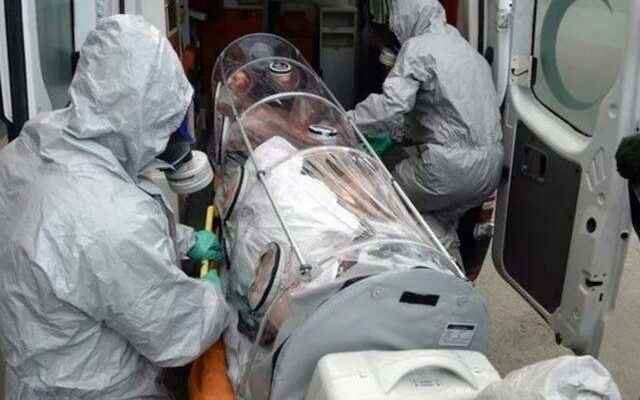In the statement made by the Ghana Health Services (GHS), it was stated that 39 of the people who were quarantined after Marburg fever was detected in 2 people in the Ashanti region in the south of the country were discharged.
In the statement, which noted that the conditions of other people in quarantine were closely monitored, it was stated that they would be discharged as long as there is no problem after 21 days.
In the statement, it was reported that the declared epidemic will end if no new cases are seen throughout the country after 42 days.
Marburg fever was detected in 2 people who died in the Ashanti region of Ghana at the beginning of July. However, a sample was sent to a laboratory in Senegal to confirm the epidemic, and the results were positive.
The government had quarantined nearly 100 people to reduce the risk of the virus spreading.
DEATH RATE CAN INCREASED UP TO 90 PERCENT
Marburg virus, which is stated to be a close relative of Ebola, was first detected in a laboratory in Marburg, Germany in 1967.
Marburg fever, which is transmitted through fruit bats, is also spread among humans through bodily fluids or contact of infected persons. In infected people, effects such as high fever, severe headache, weakness, and vomiting occur suddenly, and severe hemorrhagic symptoms develop in many patients within 7 days.
Mortality rate in Marburg fever, which does not have a vaccine or a special treatment, can vary between 23 percent and 90 percent.
Since 1967, when the virus was first detected, there have been 12 cases of Marburg fever in South and East Africa and Europe.
In the Marburg fever epidemic in Angola in 2005, 90 percent of 252 people who contracted the disease died.
Although the virus was found in a bat in the West African country of Sierra Leone in 2018, no cases were recorded among humans. (AA)
